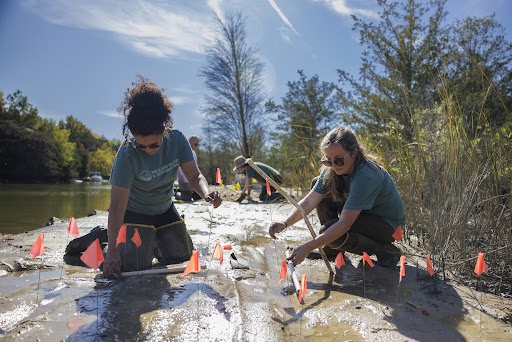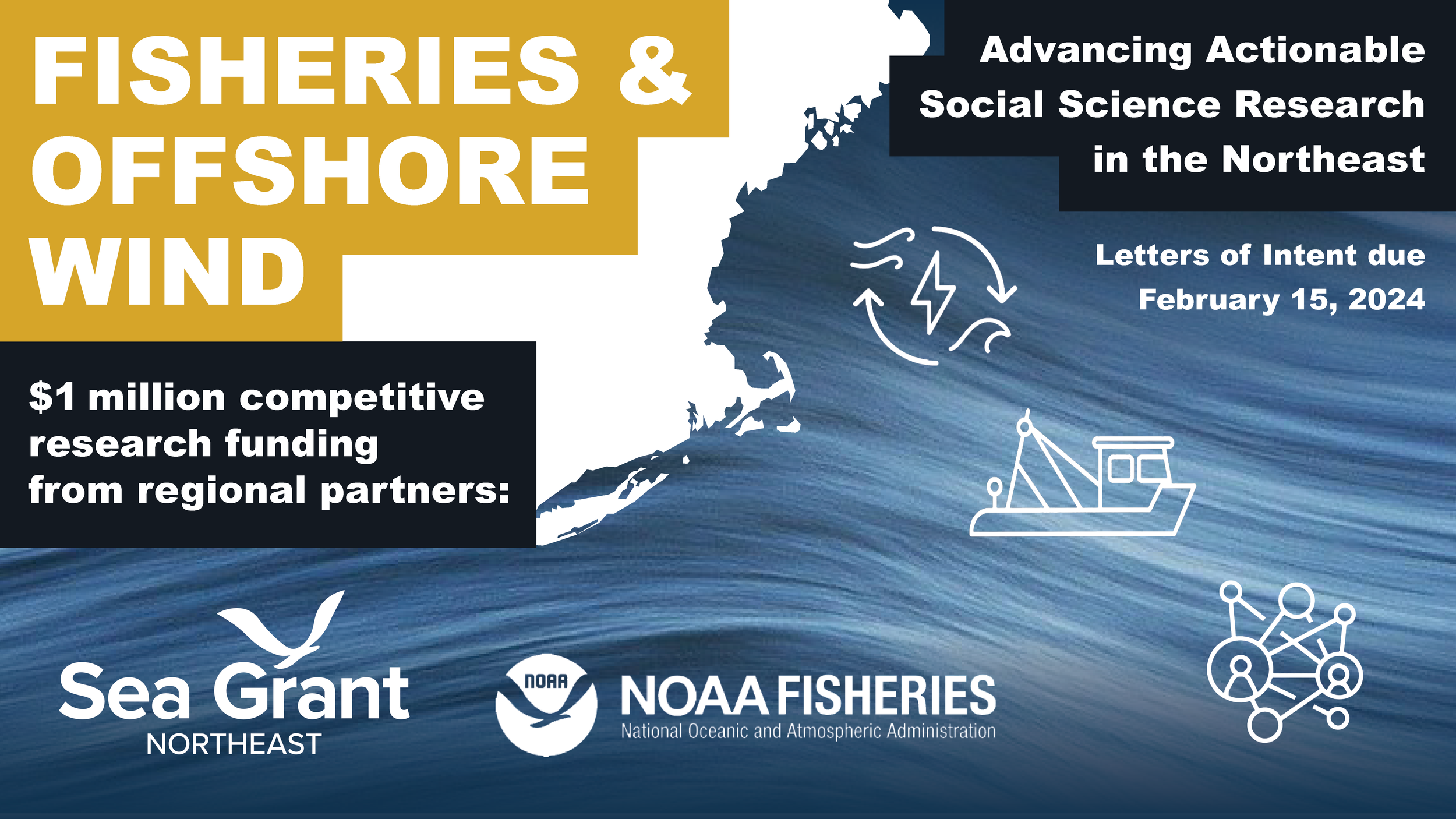New research funded by Maryland Sea Grant
By Jeffrey Brainard, Maryland Sea Grant
The Chesapeake Bay’s renowned blue crab fishery could support a larger harvest and higher revenues for fishermen if regulators extended protections for mature female crabs, a new study says.
The analysis, funded by Maryland Sea Grant, reflects emerging thinking among scholars that economics can help inform decisions about how to manage fisheries sustainably. The researchers created a computer model to simulate and compare the effects of actual and proposed fishing rules on yield and sales revenue from the Chesapeake’s blue crab fishery. Regulators in Maryland and Virginia have tried to craft the rules — like limits on crab size and season duration — to ensure sustainable harvest levels, ones that leave enough crabs in the bay to reproduce and maintain the population.
The researchers used their model to examine whether altering particular policies, like shortening the season, would tend to increase or decrease the sustainable yield and revenue earned by commercial fishermen. The researchers compared the effects of modifying different policies.
The blue crab fishery is one of Maryland’s most lucrative, and the species (Callinectes sapidus) is an iconic symbol of the Chesapeake, which provides 50 percent of all blue crabs harvested in the United States. Three jurisdictions regulate blue crab fishing in the bay – the states of Maryland and Virginia and the Potomac River Fisheries Commission – and in recent years they have adjusted harvest limits to promote sustainability.
In 2008 Maryland shortened the fall crabbing season and Virginia outlawed the dredging of crabs – all females – that bury themselves in mud in the southern Chesapeake Bay in winter. Those moves were intended to allow enough adult females to survive and reproduce. And those changes were credited for a boom in the estimated crab population in 2011. However, the population plummeted in 2012 and 2013 for reasons that remain unclear, possibly involving environmental factors separate from fishing pressure. For now, the tighter regulations have remained in place even as fishermen have called for loosening them.
The findings from the Maryland Sea Grant-funded study supported making additional protections for female crabs – shortening even further the harvest season and instituting maximum size limits for adult females. Out of the many policy changes studied, those were among only a few significantly correlated with increases in both sustainable yield and revenues.
“We’re offering an additional set of considerations that weren’t out there before when people are choosing what policies they want to adopt to manage the fishery,” says Michael Wilberg, a coauthor of the study. He is a fisheries scientist at the Chesapeake Biological Laboratory of the University of Maryland Center for Environmental Science.
The research team also included Pei Huang, a doctoral student, and Richard Woodward, an economist, both at Texas A&M University; and David Tomberlin, an economist at the National Oceanic and Atmospheric Administration.
The researchers presented their findings in 2013 to regulators and others who serve on a sustainable-fishing committee of the Chesapeake Bay Program, a federal-state effort that works to restore the bay. Methods developed in the study will also be used in the next scientific stock assessment for the blue crab fishery. These assessments provide information on the population dynamics that inform fishing regulations.
Learn more about this study at: http://www.mdsg.umd.edu/research-projects/2012/rfishec-103


